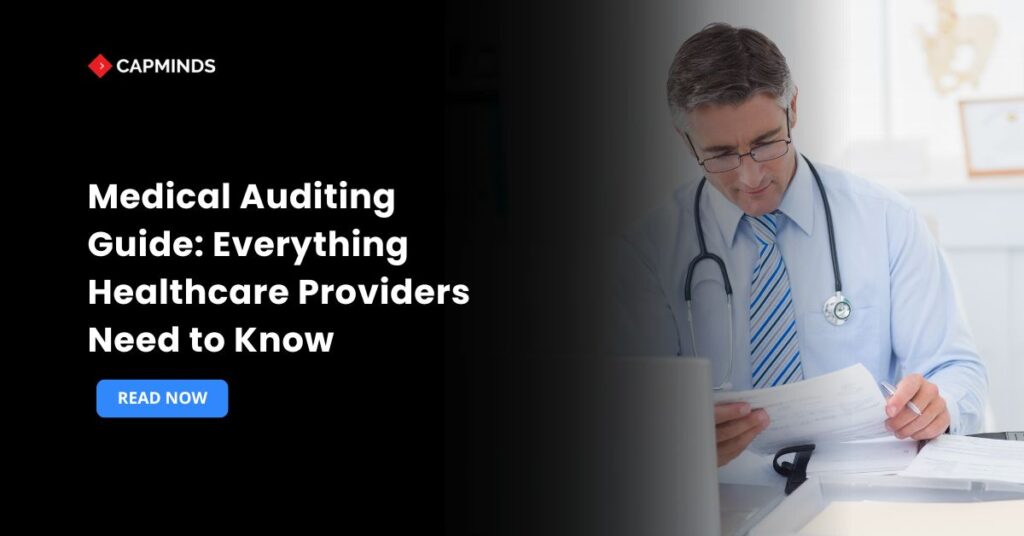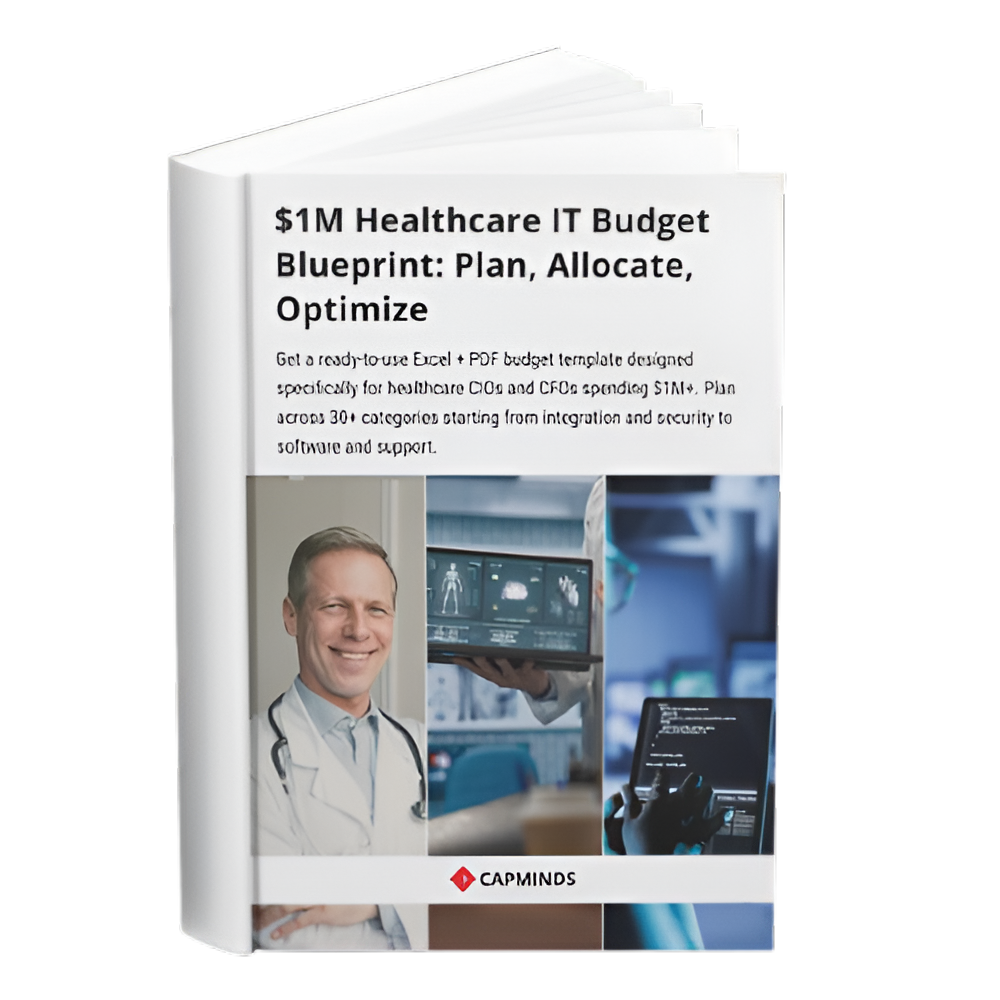Medical Auditing Guide: Everything Healthcare Providers Need to Know
Compliance is a critical requirement in modern healthcare, also an essential element of economic sustainability and business health.
Medical Auditing is the core to upholding this integrity. For healthcare providers, it is necessary to learn and know the audit process to get the right reimbursement, prevent fraud, and maintain the utmost care standard for patients.
In this guide, you’ll learn about healthcare billing auditing, which serves as a road map to direct providers on how to navigate compliance requirements to have better documentation, as well as to avoid the costly traps.
What is the Medical Auditing Process?
Medical Auditing is a systematic study of documentation, coding, and billing of a provider to ensure that the claims made correctly indicate the services provided to the patient, are in accordance with the rules and regulations of the payers and the government. The aim of this is to implement a strong compliance program and ensure the integrity of Medical Billing Audits.
How to Perform Medical Audits
1. Defining the Scope and Objective
Determine the subject of the audit. This may be a certain payer (e.g., Medicare), a service type such as E/M coding, or a certain provider. The goals may be measured as determining coding accuracy, possible overpayments, or adherence to a new regulation.
2. Sampling and Selection
A sample of patient records and claims that is statistically valid is chosen to review. The sample size is based on the scope, although it usually has high-risk claims and randomly selected claims to provide a complete picture.
3. Record Review and Analysis
The auditor carefully analyses the documentation of the physician in the medical record of the patient against the services billed (CPT codes, ICD-10-CM codes, modifiers).
This is where the healthcare billing audits occur, where the need for the service is established, and the clinical notes contain full support of the service.
4. Error Quantification and Reporting
Upcoding is charging a more expensive service than the service rendered, and downcoding is charging a less complicated service are examples of errors. The results are measured to establish an error rate. An initial report on discrepancies and possible overpayments is created.
5. Action Plan and Correction
An action plan is drawn based on the findings of the audit. This incorporates education of the providers, revision of the billing process, and, most importantly, the timely correction and submission of any claims that are discovered to be incorrect and, crucially, reimbursements of the identified overpayment.
Popular types of auditing are Prospective Audits, where documentation is reviewed before the claim is entered into the system, eliminating error, but potentially slowing down the billing process.
Retrospective Audits review claims after they have been paid, which is necessary to detect systemic errors and compliance violations.
Related: How Medical Billing Audits Can Prevent Revenue Leakage & Increase Profitability
Best Practices for Medical Auditing
1. Proper and Timely Documentation
This is the foundation of an effective audit. The records should be very clear and comprehensive in supporting the services billed. With an auditor, it is not documented, and therefore, it was not done.
The providers are to go with structured note formats such as SOAP and make sure that all contents needed in selecting the codes (medical necessity, time spent, and chief complaints) are recorded carefully.
2. Routine Internal Audits
Create a frequent compliance auditing program to perform monthly or quarterly medical compliance audits to verify that your organization is operating in accordance with the rules of coding and with payer policies.
These internal audits represent the most effective way to mitigate the external audit, as they help to identify and address the problem before it results in any penalties.
When a medical audit checklist is considered, it is important to make sure that every important area, including charge capture and coding specificity, is regularly addressed.
3. Ongoing Learning and Education
Coding and compliance rules evolve regularly. Individuals, especially coders and billers, have to be trained continuously. Education of the providers is also important to support the connection between comprehensive clinical reporting and correct billing.
4. Utilization of Technology
Consider employing electronic health record systems and claims scrubbing tools to discover any problems before submitting claims. Some portions of the healthcare audit process can be automated using technology, and suspicious billing trends can be recognized quickly.
5. Assign a Compliance Officer
Having a qualified compliance officer in charge of all the healthcare auditing procedures gives this person leadership and accountability to make sure that compliance is an organizational priority.
The Regulatory Framework of Audits
Medicare and Medicaid Requirements
The leading federal agency that regulates Medicare and Medicaid audits is the Centers for Medicare and Medicaid Services. Such programs attract certain regulations according to the way services are to be recorded and billed.
Recovery Audit Contractors
RACs are third parties who come in and are charged with the responsibility to identify and recapture improper Medicare payments, whether overpayments or underpayments. They usually target particular high-risk service types or coding patterns.
Medicare Administrative Contractors
MACs submit claims to Medicare and perform post-payment audits to verify their adherence to regulatory requirements covering Medicare determination of coverage and billing rules.
Common Pitfalls and Tips for Avoiding Them
|
Common Pitfalls |
Problem |
Solution |
|
Documentation Gaps |
Notes don’t fully support the services billed. |
Document the medical necessity for all services clearly. |
|
Upcoding/Downcoding |
Billing for a more/less complex service than performed. |
Code selection must match the documentation exactly. |
|
Modifier Misuse |
Incorrect or missing modifiers on claims. |
Ensure coders have in-depth modifier training (e.g., modifier -59). |
|
Cloned Notes |
Copy-pasting previous patient notes into current records. |
Documentation for each visit must reflect the current date of service and work performed. |
|
Ignoring Denials |
Failing to analyze and act on claim rejection reasons. |
Use claim denials as a feedback loop to fix systemic errors practice-wide. |
Optimize Compliance with CapMinds Medical Auditing Services
Ensuring compliance and revenue integrity in healthcare isn’t just about following regulations; it’s about building a sustainable, error-free financial ecosystem.
At CapMinds, our Medical Auditing Services are designed to help healthcare providers maintain transparency, optimize reimbursement, and stay fully compliant with payer and federal standards.
We bring end-to-end expertise in:
- Medical Auditing Services – Identify errors, reduce claim denials, and ensure documentation accuracy.
- Medical Billing and Auditing Services – Streamline claim reviews, coding validation, and revenue cycle performance.
- Medical Billing and Coding Services – Ensure compliant, accurate coding for faster payments and reduced audit risks.
Our team combines clinical knowledge, advanced analytics, and automation tools to deliver precise, audit-ready results.
Partner with CapMinds today to strengthen your compliance strategy and transform your billing accuracy with our expert auditing solutions.




